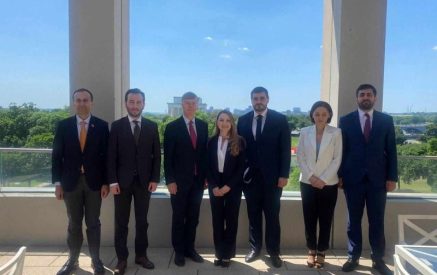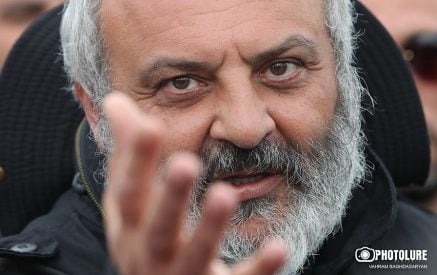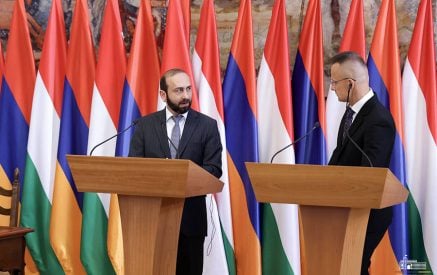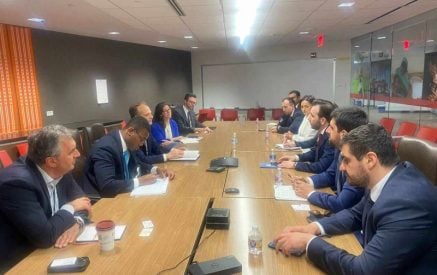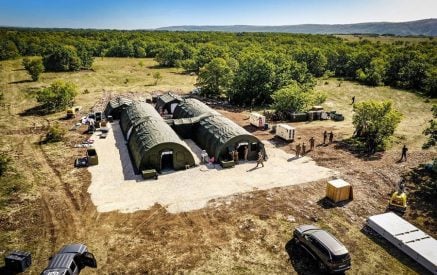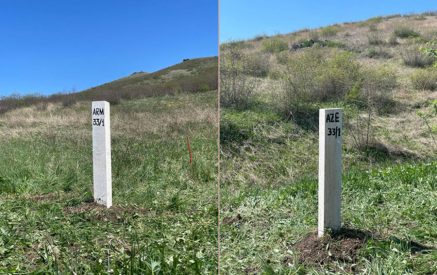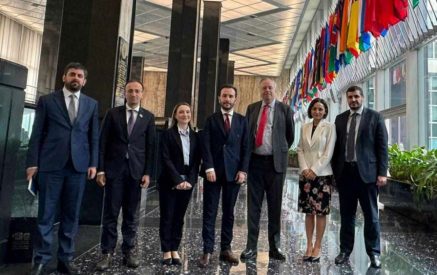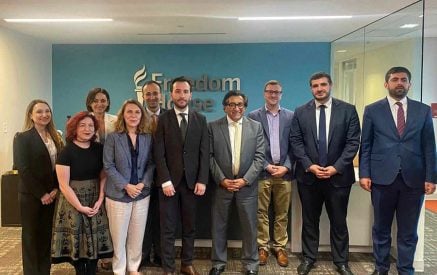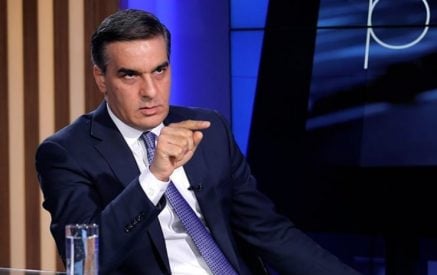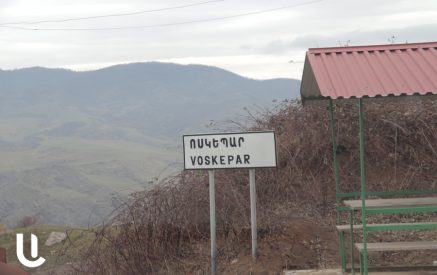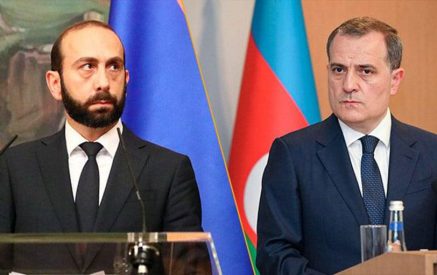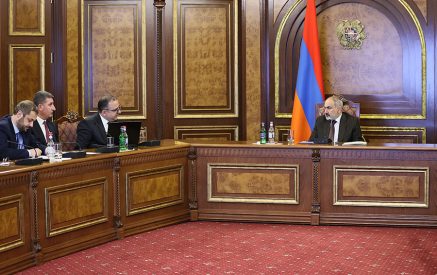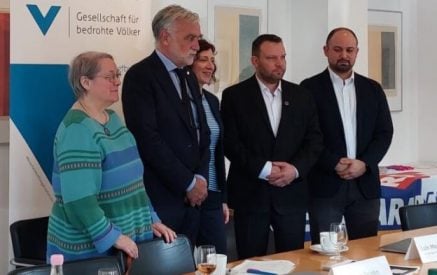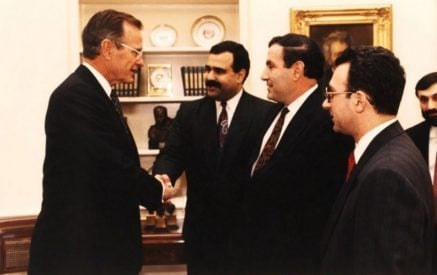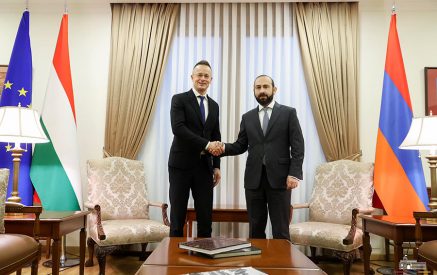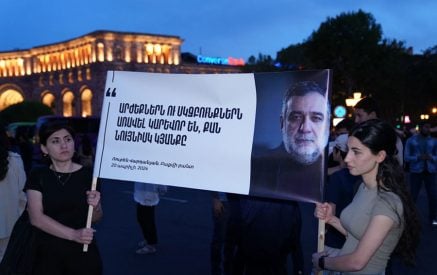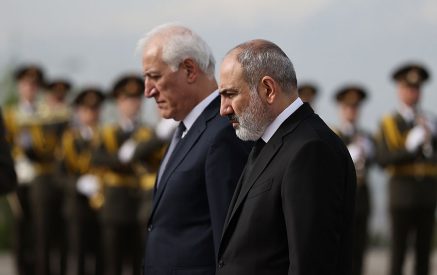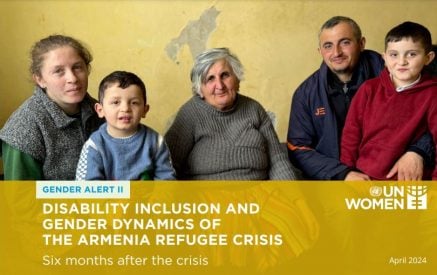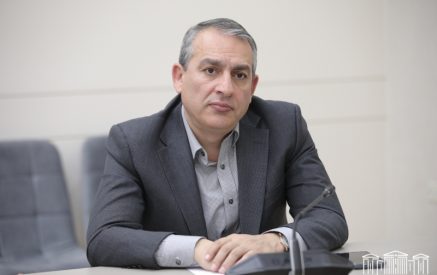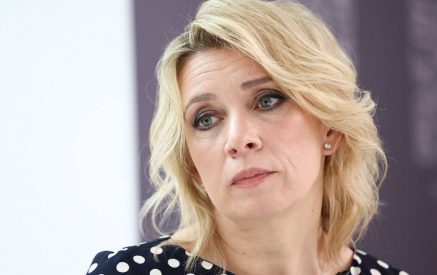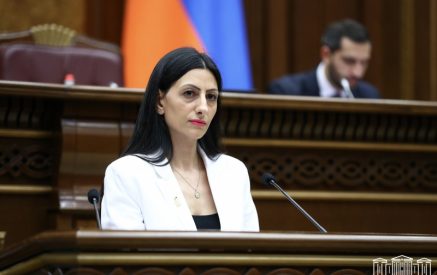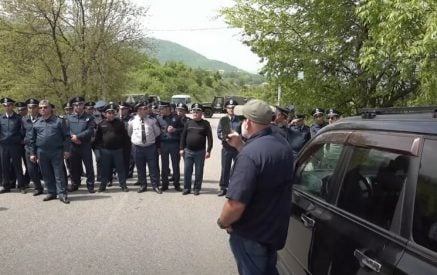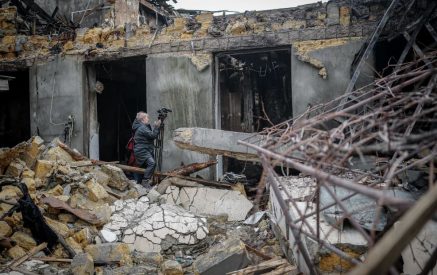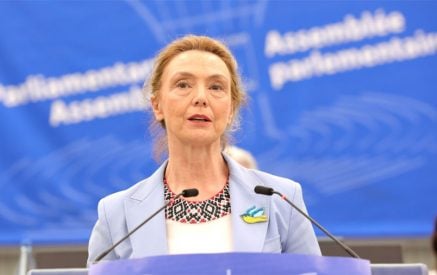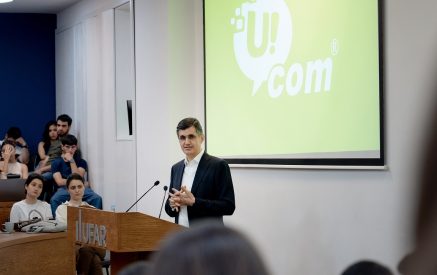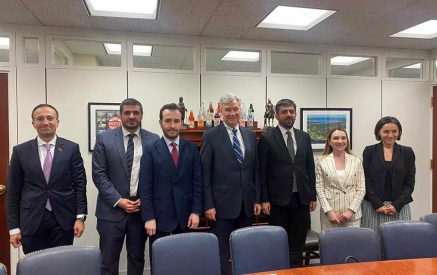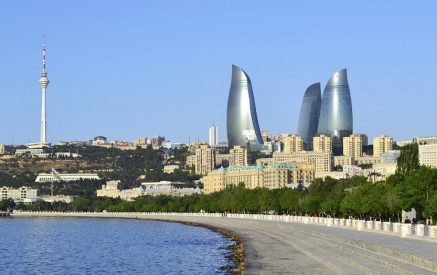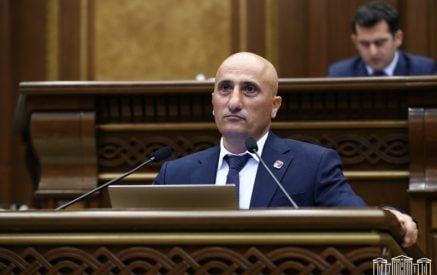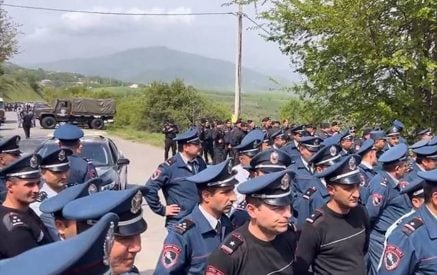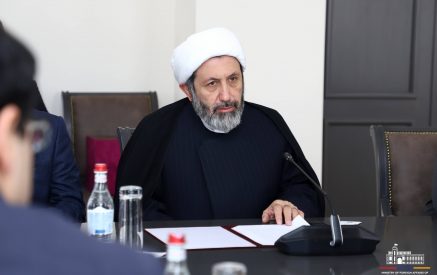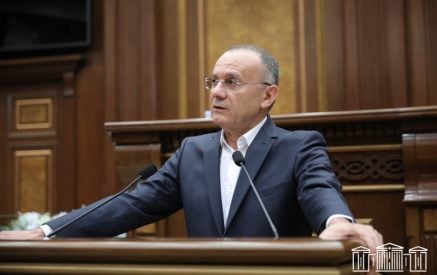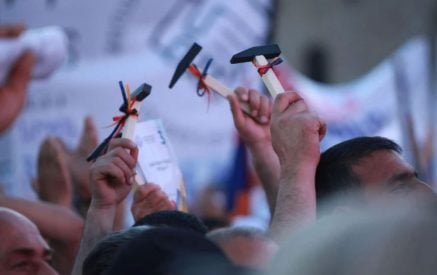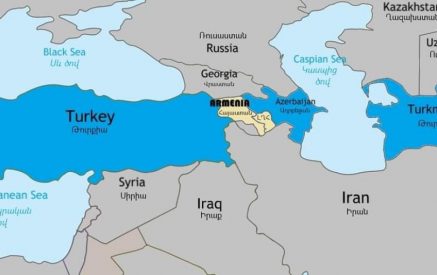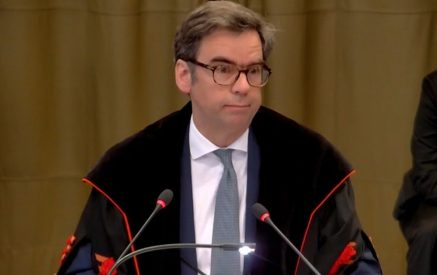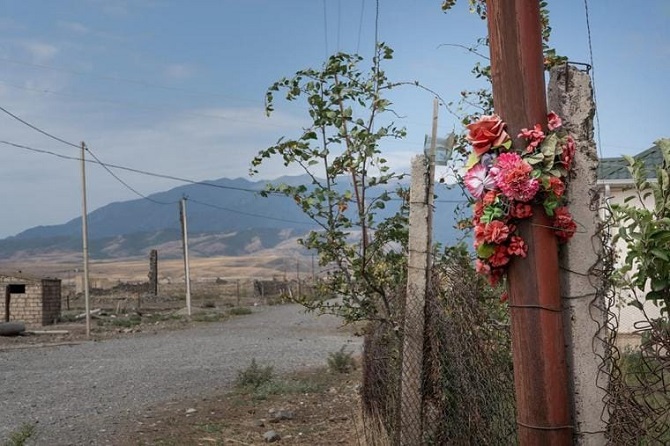If they move quickly, Armenia and Azerbaijan could break out of their long impasse over the disputed territory of Nagorno-Karabakh. They could pursue quiet talks on thorny issues – settlements, peacekeepers and final status – but along separate tracks rather than in a single package.
What’s new? An opportunity has opened to reset deadlocked talks between Baku and Yerevan over the breakaway region of Nagorno-Karabakh. The parties are a long way apart, but negotiations could help prevent a new escalation after years of growing militarisation and lay the groundwork for the conflict’s eventual resolution.
Why does it matter? The window may close if Baku and Yerevan do not act. Already the thaw in Armenia-Azerbaijan relations shows signs of frost. Without talks on key issues – the future of areas adjacent to Nagorno-Karabakh and people currently residing there, prospects for international peacekeeping, and Nagorno-Karabakh’s status – positions risk hardening further.
What should be done? On the adjacent territories, temporarily freezing new settlement construction in return for Azerbaijan refraining from legal action or new sanctions could improve prospects for talks. For peacekeepers, the OSCE High-Level Planning Group could reassess options. On Nagorno-Karabakh’s status, the parties remain far apart but informal talks could still be worthwhile.
Read also
Executive Summary
A narrow opening to breathe life into the moribund peace process between Azerbaijan and Armenia over the breakaway territory of Nagorno-Karabakh risks closing. If it does, Baku and Yerevan may not only lose the gains they have recently made but also bury the peace process for some time. Yerevan and Baku would be wise to act fast. They could start talks on issues underpinning the standoff: the future of territories adjacent to Nagorno-Karabakh in which Armenian settlers have made their homes; a potential role for international peacekeepers; and, the core issue, Nagorno-Karabakh’s status. On the adjacent territories, a time-bound freeze on new settlements in return for Azerbaijan’s pledge to pause any international legal action or new sanctions could check a gnawing problem and help unlock talks on other core disagreements. On prospects for peacekeeping, the Organization for Security and Co-operation in Europe’s (OSCE) High-Level Planning Group (HLPG), set up in the 1990s to plan for such missions, could assess options anew. The parties are bitterly divided on Nagorno-Karabakh’s status but starting discreet, informal talks could still be worthwhile.
In early 2019, progress seemed palpable. A new government in Yerevan said it was ready to seek a compromise solution. Baku appeared to be more open to exploring ways to resolve the dispute. The two countries’ relations, acrimonious since a 1992-1994 war and further damaged by clashes in 2016 that killed hundreds of people, slightly thawed. Renewed diplomatic engagement between the two reduced flare-ups and created a more favourable environment for negotiations. The Armenian and Azerbaijani governments agreed to launch humanitarian projects near the front lines and let journalists and relatives visit detainees in their respective capitals.
But the rapprochement has not led to renewed peace talks. Discussion between the two sides on their main points of disagreement over Nagorno-Karabakh have been suspended for more than a decade. Years of estrangement have hardened positions: Yerevan, Baku and the de facto authorities in Nagorno-Karabakh’s capital Stepanakert continue to make uncompromising demands regarding Nagorno-Karabakh’s ultimate fate. Moreover, over recent months Armenia-Azerbaijan relations have cooled again as each leader issued tit-for-tat claims over Nagorno-Karabakh that the other considered provocative. If the two sides fail to build on the cornerstones laid in 2019, the relative calm may not hold.
Finding a way forward … will be no small challenge.
A renewed effort to seek compromise could help prevent tensions from once again spiralling. Specifically, the parties could revisit three issues over which they have been at loggerheads since the 1992-1994 war. The first involves the fate of territories adjacent to Nagorno-Karabakh. Azerbaijanis were forced to flee these areas during the war. Settlers – mostly ethnic Armenians displaced from Azerbaijan itself – moved in. Stepanakert now exerts authority over and funds settlements that have expanded to most of the area between Armenia and Nagorno-Karabakh. Settlers contribute significantly to the breakaway region’s economy, mostly through booming agriculture, and have strong ties to homes and communities they have built from the ground up. Finding a way forward that meets the interests of both settlers and people displaced from the adjacent areas, and also involves the return of those areas to Azerbaijan, will be no small challenge.
One option to nurture conditions for talks might be for Armenia to persuade Nagorno-Karabakh’s de facto authorities to suspend plans for new settlements and, in return, for Azerbaijan to pledge not to act on plans to pursue settlement-related complaints in international courts or impose further sanctions for a set period. Yerevan argues that decisions regarding settlement expansion are in Stepanakert’s hands. In reality, however, Armenia has considerable influence as Nagorno-Karabakh’s main security guarantor, provider of around half of its budget and main market for its products. For its part, Baku is likely to oppose such reciprocal steps, fearing that pausing legal action in return for a settlement freeze would risk appearing to accept existing settlements at a time when it feels there is greater international support for its stance. But it could reiterate publicly its position that the settlements violate international law even while pledging to halt new sanctions or legal action, and thus signal it rejects the continued existence of those settlements that are in place.
The second issue revolves around the composition and mandate of a potential international peacekeeping or monitoring mission. Such a mission could help minimise violence, create conditions for a peace deal and monitor or enforce such a deal if and when one is reached. While proposals have been circulated intermittently since 1994, particularly by Russia, no such force has ever deployed. The parties have both tended to oppose a military force or one with an outsized Russian role. An OSCE HLPG was set up in the 1990s to plan for such missions but – in the absence of progress in talks – has foundered. With the support of the parties, the OSCE could reinvigorate it and task it with a specific, time-delimited (perhaps one year) mandate to define a set of options. These could then form the basis for the parties’ discussions on such a mission.
The last issue is Nagorno-Karabakh’s independence claim, at the conflict’s core and the hardest to resolve. Armenia and Stepanakert insist on statehood. Baku is at most prepared to offer Nagorno-Karabakh self-rule within Azerbaijan. Though the parties share little common ground, there are tentative signs of movement. In Azerbaijan, senior officials have begun exploring precisely what granting the region autonomy would entail and how a referendum on its status could be organised. Their ideas remain far from anything Yerevan or Stepanakert would accept; nor do they reflect an accurate grasp of life and governance in Nagorno-Karabakh today. They could, however, offer an opening for discussion. Given the sensitivity of the issue and the distance between the parties, any talks on status would likely have to start discreetly and semi-formally.
While past dialogues have failed mostly due to disagreement and distrust between the parties, the fact that the three issues have always been discussed together, as a single package, arguably has not helped. The three are interconnected, and progress on any requires (and could enable) progress on the others. But parties have been slow to act on the first two – the settlements and the potential role of international peacekeepers or monitors – for fear that doing so could influence future discussions of the third, Nagorno-Karabakh’s status. To mitigate this constraint, the parties could pledge that any agreement reached would be without prejudice to talks on other issues.
Direct talks between the parties inevitably entail risks. They could highlight the distance between the two sides’ positions, thereby fuelling mutual anger and potentially reversing the past months’ gains. But years of continued stalemate have put a potential solution further out of reach and isolated Armenians and Azerbaijanis from one another. The more time goes by, the more facts on the ground will be entrenched, the harder they will be to reverse and the graver the risk of war. If talks might makematters worse, their continued absence almost certainly will. Getting back to the table will be difficult but is the only way Armenia and Azerbaijan can start digging out of their deadlock.
Baku/Yerevan/Stepanakert/Tbilisi/Brussels, 20 December 2019


